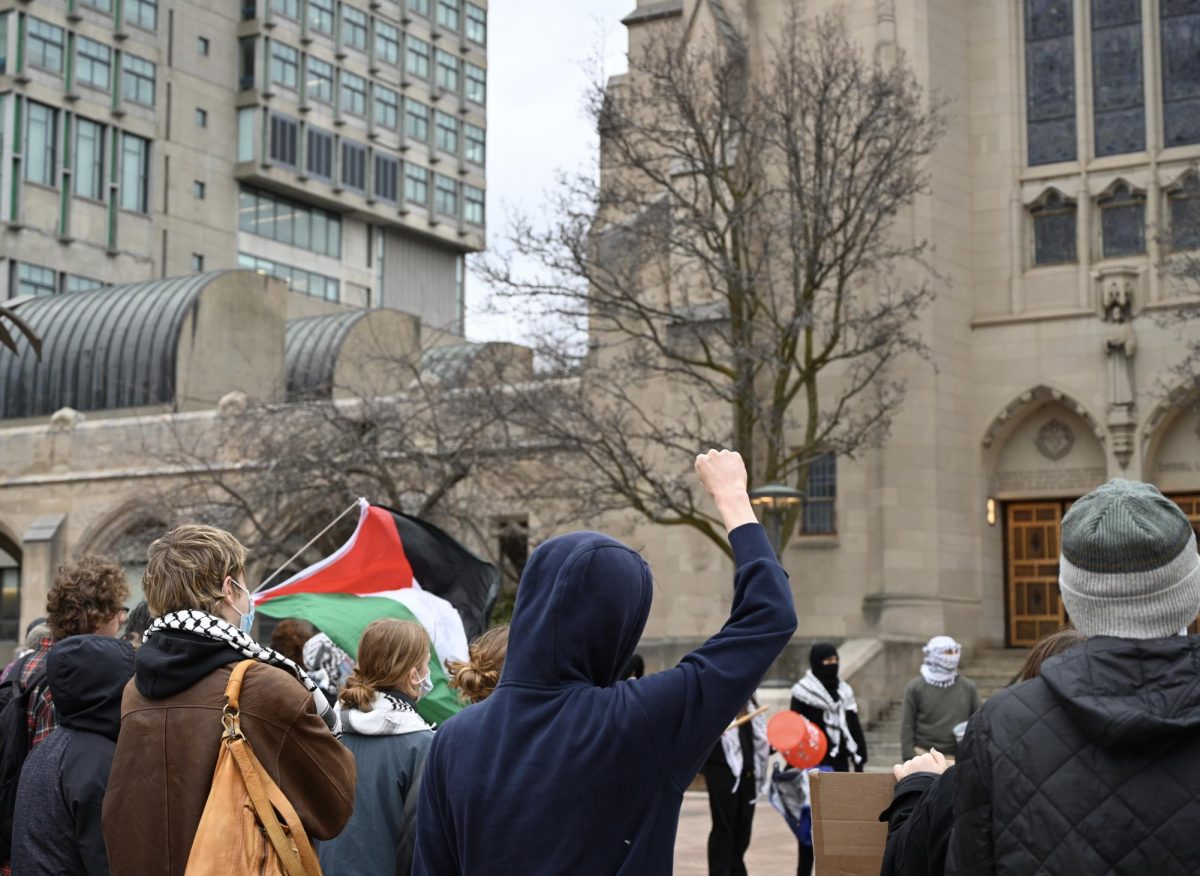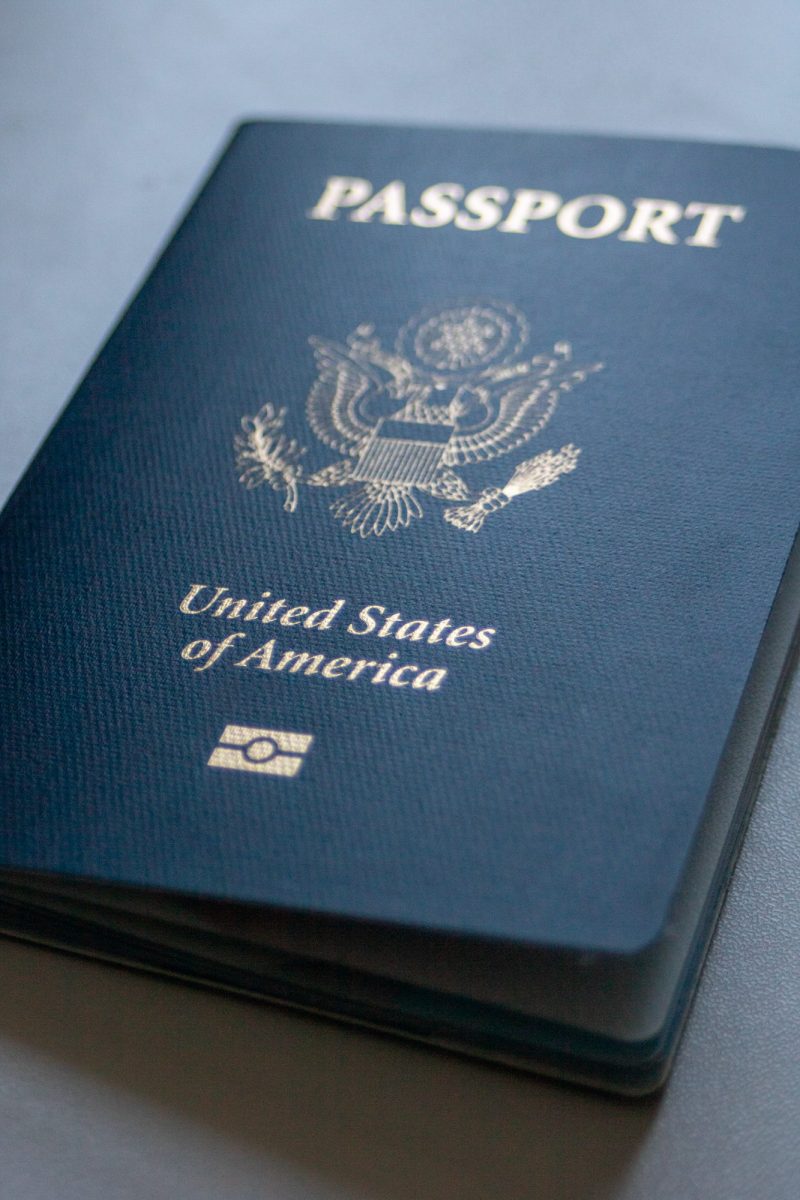The Boston University Bridge that connects Cambridge and Boston will undergo three years of rehabilitative construction as part of Gov. Deval Patrick’s Accelerated Bridge Initiative, Department of Conservation and Recreation officials said.
DCR held a public meeting with about 75 attendees at the Boston University Jacob Sleeper Auditorium Thursday to discuss the rehabilitation of the 81-year-old span.
‘The bridge was built to accommodate small cars in the 20s, like Model T, and back then, we didn’t care about the environment in terms of responsibility,’ DCR Deputy Chief Engineer Mike Misslin said.
Partnering with the New York engineering firm STV Group, DCR hopes to improve bridge safety, restore a historic structure, protect and enhance the surrounding environment and provide pedestrian and bicycle access, Misslin said.
When DCR examined the sidewalks on the bridge, they had a view straight down the Charles River because it has a hole, which is unacceptable, Misslin said.
Sidewalk reconstruction of the bridge has already started and will be completed by spring 2009.
‘For those who are already frustrated with the speed of this construction, you have to consider this,’ he said. ‘When you have to fix a bridge that’s going over a railroad owned by someone else, it gets very complicated. I do apologize for the slow process, but we have to make sure the rails are still safe during the construction.’
During the question-and-answer session, the audience primarily focused on the safety of pedestrians and bicyclists.
Allston resident Phil Stango said DCR needs to take the Commonwealth Avenue bicycle lanes into consideration as well.
‘The bike lanes on Commonwealth Avenue get really dangerous as it approaches the BU Bridge,’ he said.
Sargent College of Health and Rehabilitation Sciences junior Mark Foelster said he agreed, and thinks DCR needs to reconsider the width of the bicycle lanes.
‘I heard 12 feet is the standard width for traffic lanes,’ he said. ‘They need to think about protecting cars and cyclists at the same time.’
Hundreds of people cross the BU Bridge daily, and DCR needs to determine specific plans for what will happen to pedestrians and cyclists during construction before it starts, Cambridge councilor Henrietta Davis said.
‘I urge safe bicycling even during the construction,’ she said.
She also proposed holding another meeting in Cambridge to get feedback from residents there.
Walk Boston Executive Director Wendy Landman said her main concern is the bridge’s sloped entrances, which limit drivers abilities to see pedestrians and cyclists and could cause accidents. She said she thinks DCR did not consider this problem enough.
‘You improve hazardous conditions when you rehabilitate a structure,’ she said. ‘You don’t want that same hazardous condition in the same place when you are done.’
Locals debate BU Bridge safety
By Daily Free Press Admin
•
October 17, 2008
1
0
More to Discover























































































































The concerns brought up by the public mean close to nothing at this point because the plans are more-or-less finalized. The article, as it is, implies that bike lanes and pedestrian safety issues are still largely up for debate, which they are not. • Aug 3, 2010 at 2:20 pm
You also failed to mention another important fact